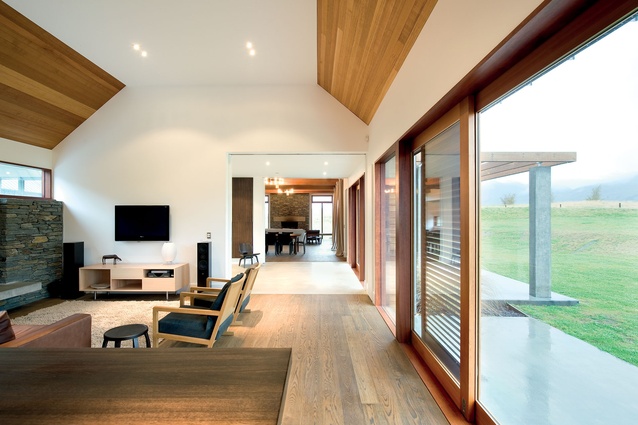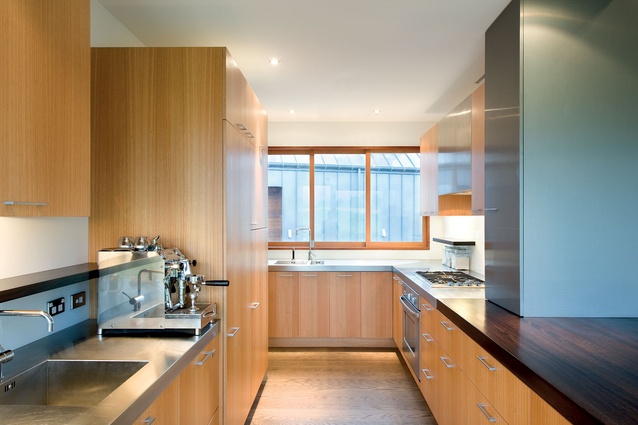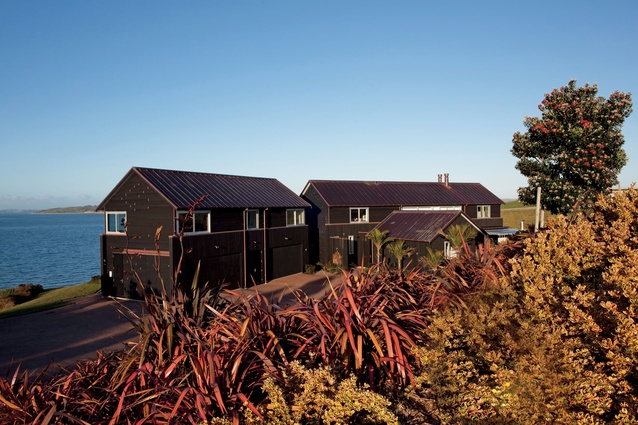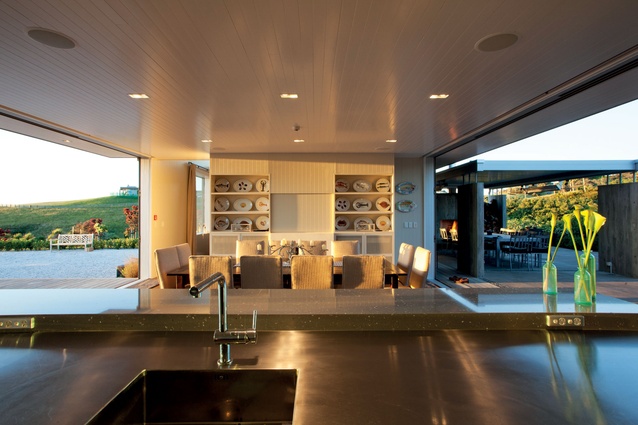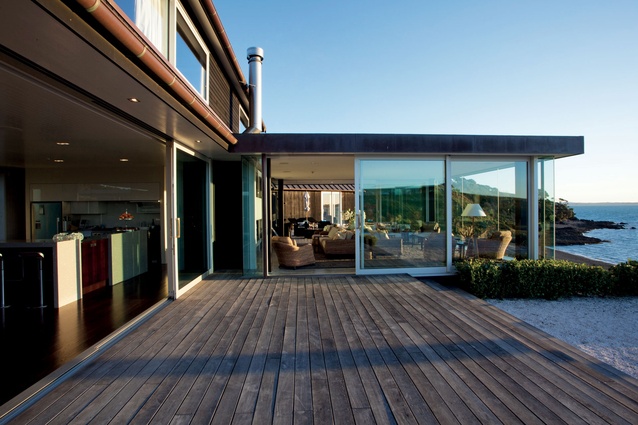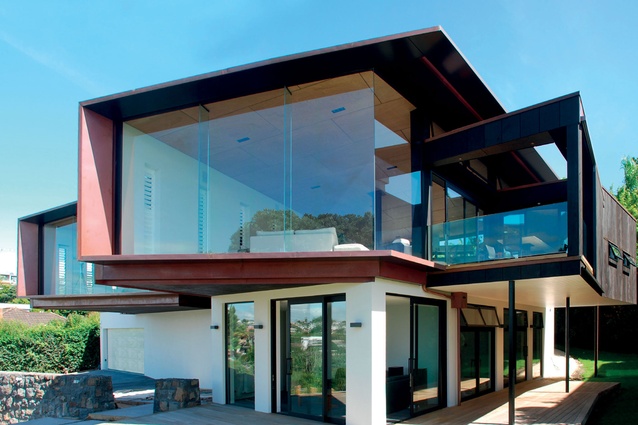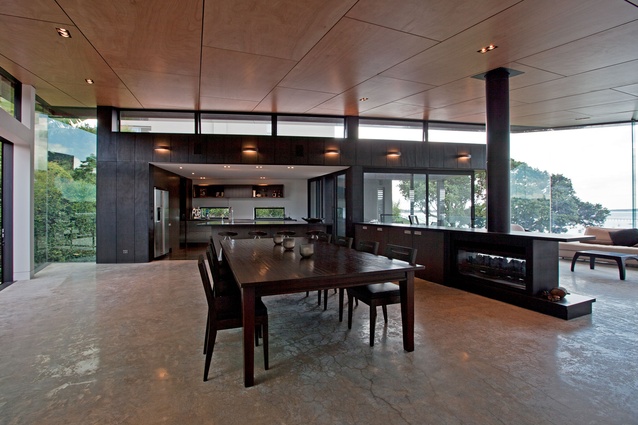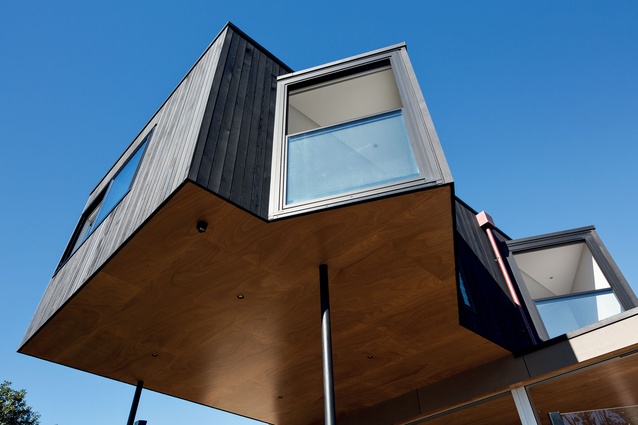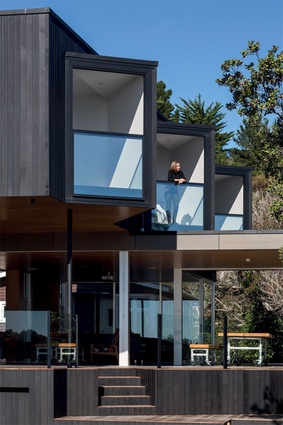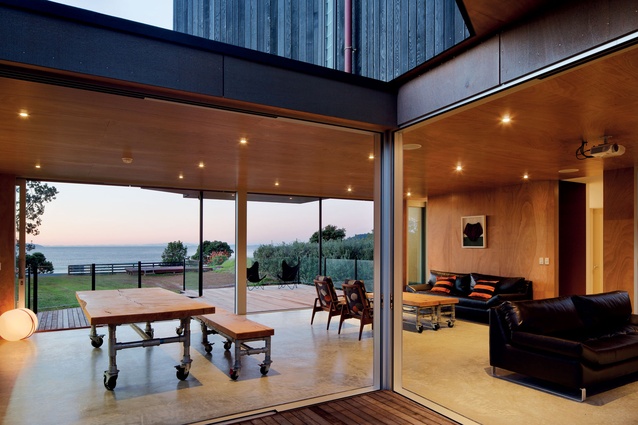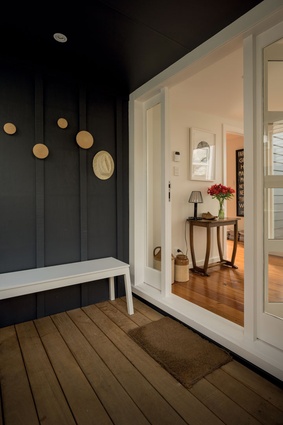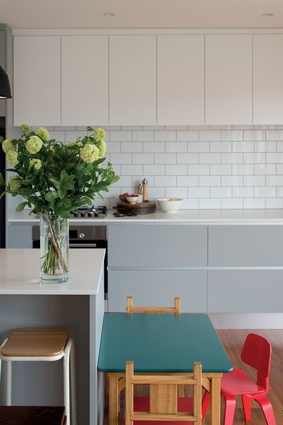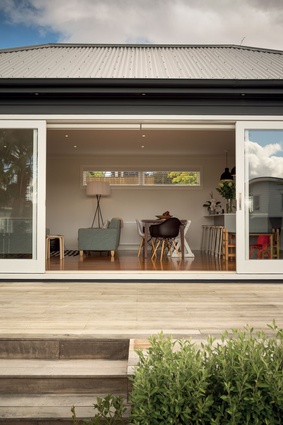Wendy Shacklock: Architect profile
Had you always wanted to be an architect?

I first started to think seriously about being an architect from about the age of 14 or 15. It was sort of suggested to me because I really enjoyed school but I was also frantic in my free time making things and so yeah, architecture sort of ticked all the boxes really.
After you completed your studies, did you do the obligatory overseas experience?
I actually did my OE mid-degree. After completing my studies I only worked as an employee for about four years before I decided that I wasn’t a very good employee, preferring it to be just me and the client really. And also I really wanted to start a family by that stage and we built our first house when I was about 25. So I started my own practice just before the first of three children was born. Then continued to work from home until the youngest went to school and for the last 14 years I’ve kept being a sole practitioner; but I also wanted to have a workplace outside of the home and I enjoyed being with other people, so took a space within a bigger practice.
Going out on your own fairly early in the process obviously worked for you. Do you think that’s down to personality type or do you believe that more architects should look to spread their wings sooner rather than later?
I think it was personality driven from the fact that I come from a long line of self-employed people in my family, so there was that and also just an energy and a passion to just be getting on with it and opportunities came my way for private work so I just leapt in boots and all really. Also, I wanted to be with my children so preferred to have in-home care and still be there really. That said, I don’t think it is as available an option for graduates these days because factors such as documentation were a lot simpler then.
And obviously you had a supportive partner.
Yes, although he did get sick of the drawing board being in the bedroom. Once I did move out he said don’t bring it back again.
You mentioned building your own home. When you’re designing for yourself, do you tend to have an idea of what you want or do you find yourself pushing the envelope of what you can achieve?
I’m pushing the envelope of my partner’s budget and stress levels probably. No, for me everything is an evolution so I don’t ever start with a preconceived idea of what is happening at all and there’s always a moment of wow something’s leapt out of the paper and that’s the fun. It’s the fun of the ride for me.
Is there a house or a building that’s stopped you dead in your tracks and made you go ‘I wish I’d designed that’?
I don’t tend to personalise it like that, but certainly I’ve experienced very moving moments right from when I was a student going to Ronchamp Chapel or later the Tate Modern – it’s just a big box but it moved me – as did the Guggenheim in New York. Often it’s more just moments within the space rather than a complete building.
And is something that you tend to do within your own architecture, do you try to create moments within a building?
Yes I do. To me it’s about the space, about the feeling of the space, very much so, which is again how I first connected with architecture really as a child. All those experiences were, still are, stand out memories and while I like objects and landscape very much, I design from a gut-response level rather than intellectualising things I suppose.
So when a client takes you to that bare block of land and says build me a house, are you able to visualise a structure or…?
No, no and I think that would be doing them a disservice. No, I often go many times back to the land, particularly if it’s in the landscape, not so much if it’s a suburban plot, but no I wait for it to speak to me.
Is there such a thing as a perfect client?
The perfect client is the one who in many ways makes it harder for you because they probably know how to get the best out of people and they can challenge in a way that stimulates and is positive. What drives me is knowing how much can be added to someone’s life or workplace through doing this; so you go through that whole long process and then you see the reality of it dawning on them how wonderful that is. It’s a privilege to be involved in this sort of work.


